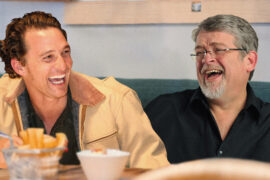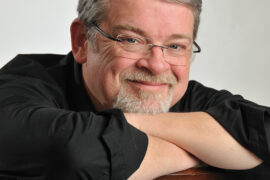In part three of our series, we revisit more of our reader’s favorite watering holes from the past.
By David Williams
HQ 123 | AUTUMN 2023
This marks the third installment of our series on Huntington’s favorite bars and clubs of yesteryear. Sometimes it’s fun to take a stroll down memory lane and look back to a time or place that evokes fond memories. That’s what this series is all about.
It may not have seemed like it at the time, but Huntington’s nightlife was active and exciting for decades. Whatever the occasion, there were plenty of places to celebrate and have a good time — discos, sports bars, college hangouts, gay bars and more. In this edition we’ll revisit a country bar, a strip club and even an after-hours joint where blackjack and poker were played.
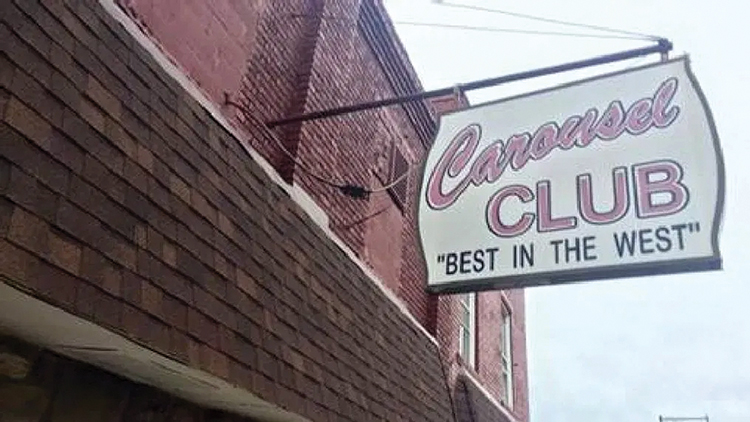
The Carousel Club
The Carousel Club roots are deep in the West End of Huntington. The Carousel, billed as “The Best of The West,” first opened in the 1960s on 14th Street West. Beatrice Jewel operated it as a country-western bar before her son Paul took the reins. For years, the club featured bands and had a reputation for rough crowds who were prone to fighting. In the mid-1970s, Paul converted the club to a strip bar. The performers would come out in sexy gowns and gradually shed clothing as they danced to the music. The Carousel would keep a consistent crowd over the next three decades. In the 1990s, Paul’s son Clifford helped his mom and dad run the bar. It was later sold to Charlie Smith. The Carousel was closed at the end of 2015 for operating without running water. In addition, many residents in the West End complained that it had become a haven for drugs and prostitution.
After a major overhaul, The Carousel Club reopened as a bar in 2017. Huntington Mayor Steve Williams released a short statement that The Carousel Club got every permit it needed to open but would be monitored closely for illegal activity. Without any dancers, the bar eventually closed again. It is currently up for sale.

Bachelor’s Bait
Bachelor’s Bait was a college bar that opened in 1973 as disco was gaining popularity throughout the country. It was located at 22nd Street and Third Avenue, where the softball field for Marshall’s Lady Herd is now located. The Bait was a huge dance club, with a disco ball that hung from the ceiling and pulsating lights that kept beat to the music through the plexiglass floor. The club was so large that it could hold a thousand disco-crazed college students, who would saunter up to the 75-foot-long bar to order their drink of choice. Jeff Heath opened the Bait while attending Marshall. Well known in the community, Heath was devastated when he and his three younger siblings lost both parents on Nov. 14, 1970, in the Marshall plane crash. However, within three years of that tragedy the Bait had become a reality. It was an instant smash. It didn’t hurt that the state laws had been changed to allow alcohol to be sold to customers starting at age 18.
The hottest new music (via 33 LPs) was rushed down from the discos in New York City so that Marshall students could hear and dance to the latest hits. Live bands were also brought in from across the country, such as Detroit’s Four Mints and NYC’s Jive Time, along with Carolina beach sounds from The Tams. The Bait was kept hoppin’ by local personality Sky Fisher, who served as the club DJ and disco dancer extraordinaire. On one wintry day during the 1975 blizzard, Marshall called off classes and the Bait offered a one-dollar, all-day, all-the-beer-you-could-drink special. It went over exceedingly well. Since there were no windows throughout the Bait, students were unaware of how bad the snow drifts had become. Many a student had a cold snowy trek back to their dorm that day! Heath married Sally Wolfe in 1975 and eventually sold the Bait, which would later become the Inferno.
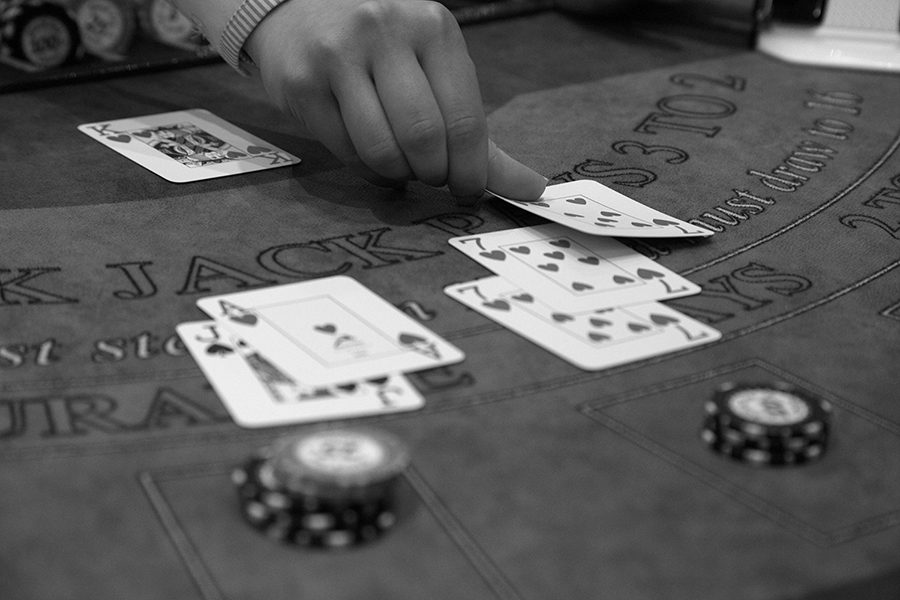
Harry’s Old Coachman’s Club
The Old Coachman’s Club, known by most people as Harry’s, stood at 526 Ninth St. Owned by the widely respected Harry Hill, who had just one arm, Harry’s Old Coachman’s Club saw its busiest times in the mid-to-late 1980s. Hill’s sons helped him operate the bar, which legend held had a trolley car built into the back. When patrons rang the door buzzer at Harry’s, they were greeted by a doorman — who used a peephole to make sure they weren’t the police — and then taken into a foyer. Once inside this locked foyer, patrons would present their identification. If the doorman was satisfied, they’d be let into the bar. Harry’s Old Coachman’s Club was called “an after-hours bar”: when other bars and clubs were shutting down around 2 or 3 a.m., Harry’s was coming to life. The club would stay crowded until morning. If there was a good poker game going, Harry’s might not close for a couple of days. It was not unusual for customers to leave the bar rubbing their eyes as they walked into the morning sun.
As the foyer door opened, patrons entered a club that was surprisingly well lit. To the right was the bar, which served liquor and beer all night into the next day. To the left was a blackjack table. There was also often a dice game. The games were played with cash, not chips. In the back room was a table that held an invitation-only poker game. The bar also had a pool table and a jukebox. For years, AC/DC’s “You Shook Me All Night Long” would play several times a night, always skipping in the same spot. Outside, the Huntington Police Department would regularly cruise by the front of the club. They were aware of the illegal activities going on inside of the bar but rarely raided it. In the late 1980s, as a new mayoral administration took over and an article in The Herald-Dispatch chronicled the activities of several after-hours bars, the frequency of the raids increased until finally Hill closed the bar. Although there were many after-hours clubs over the years, Harry’s is one of the clubs most talked about when remembering a time when Huntington partied all night.
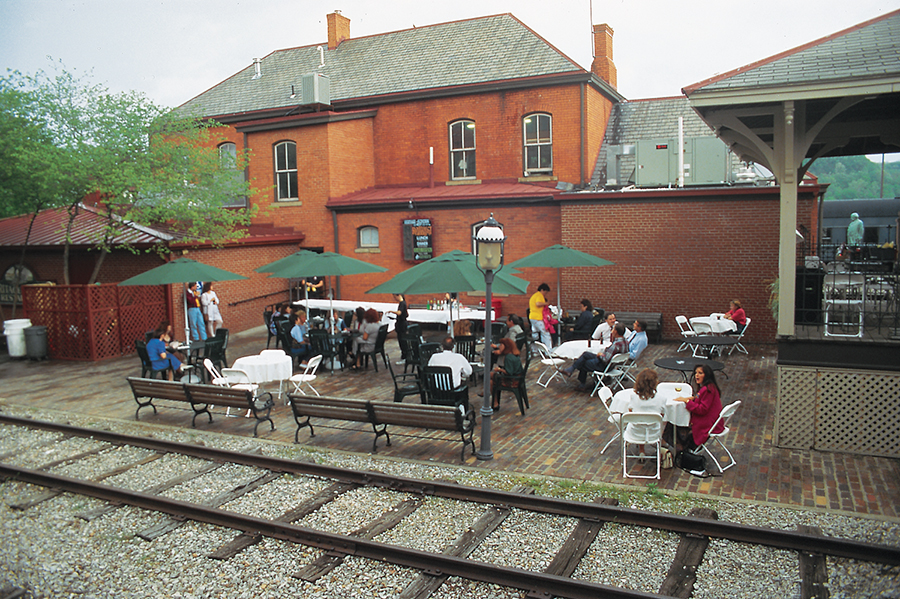
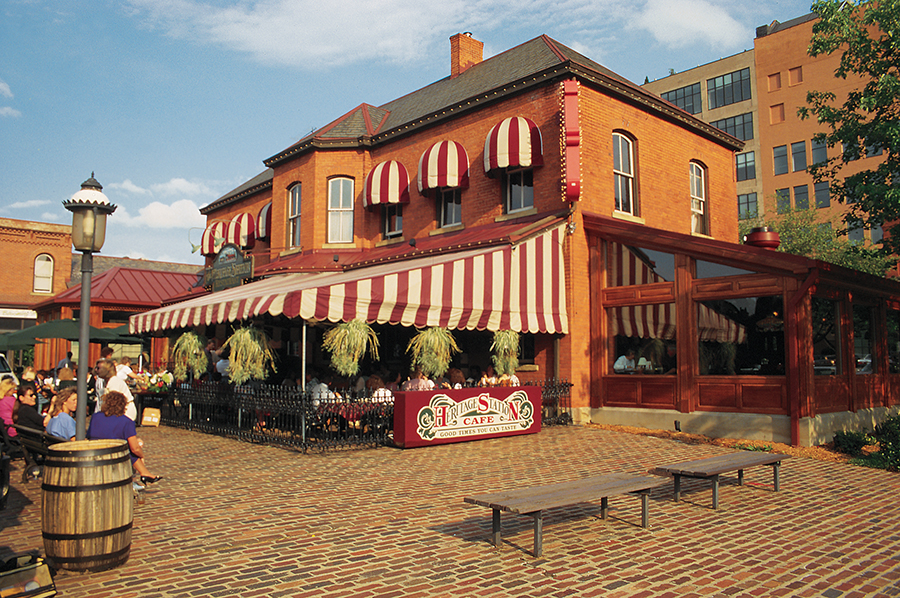
Heritage Station
In 1887 a train station was built in Huntington that would service customers of the Baltimore & Ohio Railroad. In the 1970s the historic building was preserved by a group of concerned citizens along with the Cabell-Wayne Historical Society. Jim and Mickey St. Clair spearheaded the project to save the Huntington landmark and then built a small village of shops and railroad memorabilia around it.
The Heritage Station Restaurant and Bar opened in April 1978. The renovation of the interior train station, which took two years, was completed by Karry Harrison and family members.
Entering Heritage Station, the first room featured a fireplace, couches, chairs and a hostess stand with an old telephone switchboard. This was originally a passenger waiting room. To the left was a baggage room, complete with the old baggage scales; this became the main dining room. In the back was the Pullman room, which featured real Pullman seats for dining. Next to this room was the backgammon room, one of the most requested rooms among dinner guests. On the far right of the station was the most popular room: the barroom. The star of the barroom was an old 20-foot-long antique bar made by the Brunswick-Balke-Collender Company in the 1880s. It had a solid brass bar rail, foot rail and draft beer dispensers. Draft beers were served in frosted mason jars. Large double doors led to a spacious outdoor dining area under a large awning. The restaurant was a great locale for romantic dinners and quality cuisine while the bar drew an upscale following. Sadly for many Huntingtonians, the business was sold in 1996, and today the station serves as the headquarters for the Huntington Area Convention & Visitors Bureau.
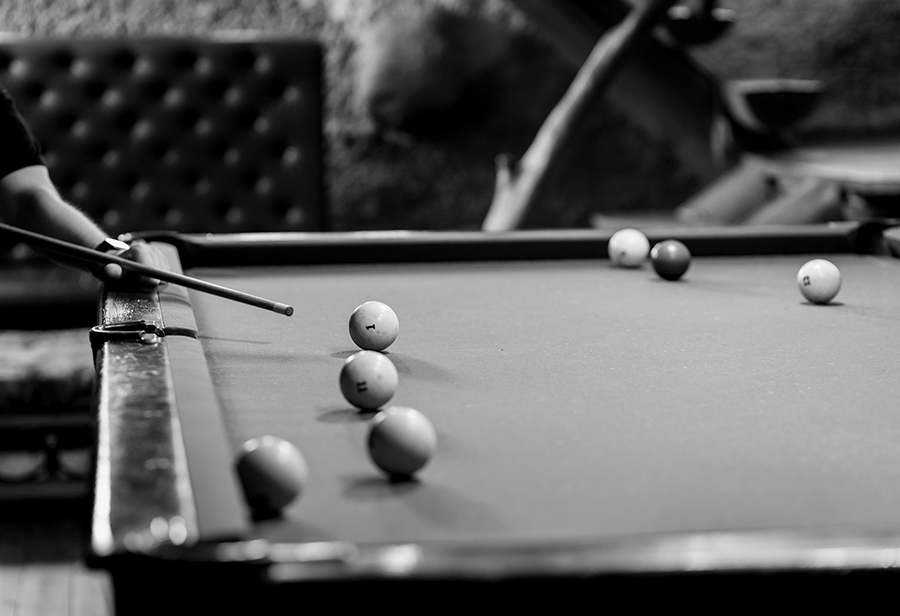
Bobbie’s University Lounge
Bobbie’s University Lounge sat close to the Uptowner Inn at 1441 Fourth Ave. “Bobbie” was the name of the woman who bought the property from its original owner. From the 1960s to the early 1980s, it was owned and operated by Felix Hage and his son Ralph. It was a local neighborhood bar and the main hangout for the TKE fraternity across the alley behind the Uptowner. Felix was a member of the prominent Hage family in Huntington. His brother Raymond was a well-known businessman and Board of Education member, and his brother Cam owned Cam’s Ham. Linda Milum, who worked at the bar, remembered “great times there.”
“We could only sell beer at that time, so Bobbie kept a bottle of bourbon hidden for me and her,” Milum recalled.
In the front room was a pool table. The bar sat to the left, and a jukebox sat to the right. Bobbie’s was sold to Bob and Jane Warf in the mid-1990s, and the name was changed to The Stadium Lounge. The bar hasn’t changed much over the years: patrons today still ring the doorbell and are let in the front door.
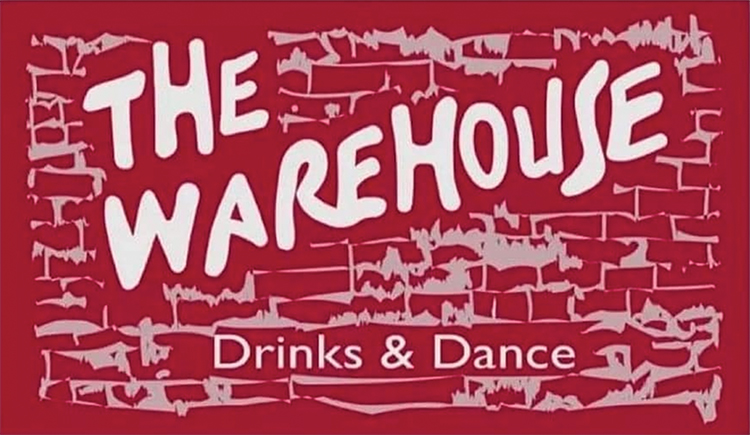
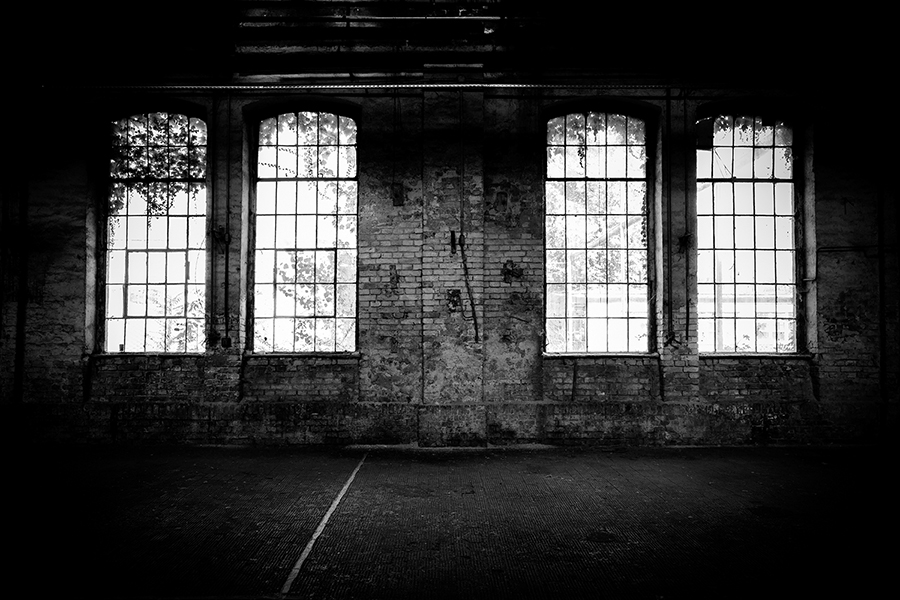
The Warehouse
Dirk Harrison was managing another local bar, Yancy’s, when he decided he would like to have his own club. Harrison and his family had previously owned Snaks Fifth Avenue; he had also helped his brother Karry renovate the B&O Railroad train station to open Heritage Station. He went out looking for possible locations and came upon a huge building on the corner of 15th Street and Third Avenue. He went down to the courthouse and learned that Tom Wolfe was the owner. He called Wolfe, who agreed to rent it to him. Someone asked Harrison where he got the name The Warehouse. He said, “Look at it. It’s a warehouse. Why call it anything else?”
In 1992, The Warehouse opened, but Harrison had gone through all his money renovating the club. In fact, he didn’t even have enough money for a liquor license, so his plan was to sell beer until he could afford one. The Warehouse sold enough beer on opening day that Harrison was able to buy the liquor license the next day. Right inside the front door was The Warehouse’s legendary three-level dance floor. There was a 5-foot wooden Marco sign with holes drilled into it, and fog for the dance floor would come out of the holes. Behind the massive dance floor was a DJ booth. To the right was a horseshoe-shaped bar featuring a Lanikai frozen drink machine. There was a beer bar close to the main bar.
The Warehouse would often feature “The Luge Slide,” a 5-foot block of ice with a sidewinding path carved into it. Liquor was poured down the path and into a patron’s mouth. Patrons would know the luge was over when a gummy bear popped into their mouth.
Upstairs the club had four pool tables and another bar. There were basketball hoops inside and outside the huge club, and basketball tournaments were often held in the alley behind the building. Many times, customers would step outside to partake in a quick game of basketball. Volleyball games were played too, and there was a horseshoe pit. The Warehouse was a true Huntington legend; fond memories among former patrons abound. It closed in 1998 after a six-year run and was later converted into a 7-Eleven convenience store, which eventually closed.
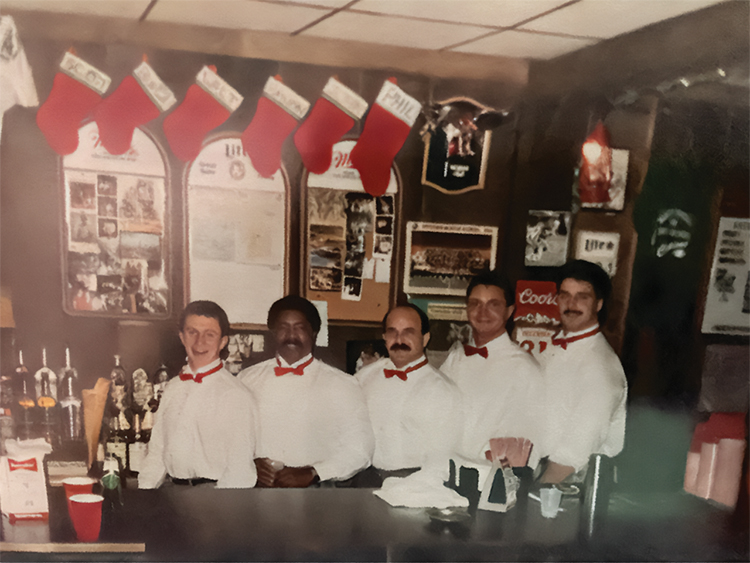
Tavern Off The Green
Tavern Off The Green, or Caz’s as it was commonly called, was a popular bar close to Marshall’s campus in the 1990s. The bar was on the corner of 14th Street and Fourth Avenue, where Now Hear This! is currently located. Next to it was Verb’s Dugout, and patrons would walk back and forth between the two bars. Popular schoolteacher John Castlegrande (“Caz”) was the owner, a huge supporter of Marshall sports who was known for his New York accent. Two Marshall football players who went on to play in the NFL worked there: Terry Echols, who played for the Steelers, and Sam Manos, who played for the Bengals.
As soon as patrons walked through the glass doors at Caz’s, they were carded by the doorman. There was a pool table to the left, and along the left side of the tavern was a long bar that stretched almost all the way to the back. Caz had an array of high school and college football helmets displayed behind the bar. An opening to the left of the pool table led to another long room that housed video games; at the very back was the Golden Tee, the most popular of the games. Dollar pitchers of Natural Light, or “Natty,” were offered on Wednesday nights. Van Halen’s David Lee Roth visited once after a concert, and Marshall athletes regularly hung out there. Caz’s, which closed in the early 2000s, is remembered as both a sports bar and a college bar.
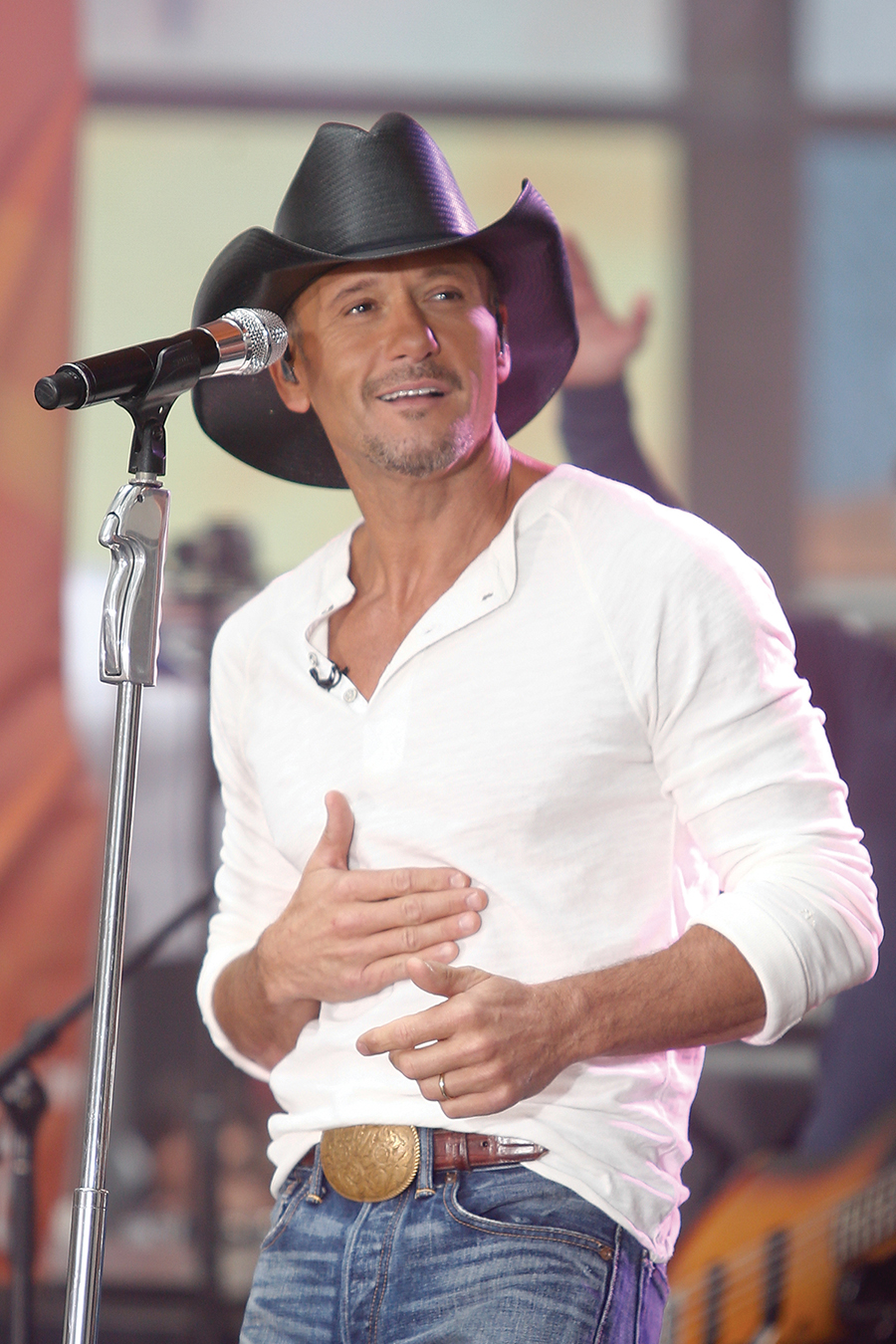
Roper’s
Roper’s emerged on the Huntington bar scene in 1993 as the country music line dancing craze was spreading. The former home of the Inferno on Third Avenue became the new home of the Boot Scootin’ Boogie, cowboy hats and big-name country artists. Owned by Tom Lucas and Brett Rize, the club saw live performances from Confederate Railroad, David Allan Coe, Mark Collie, John and Audrey Wiggins and Johnny Wiggins. Up-and-comer Tim McGraw also agreed to play — for $3,600.
The night McGraw performed, he came in with a bandana on and “asked if we had any of that new Bud Light Ice,” recalled Ronald “RT” Thomas, who managed Roper’s. “We sat and drank and talked for two or three hours. The next day, McGraw’s song ‘Indian Outlaw’ hit No. 1, and his manager said he would never play another show for under $25,000.”
RT and his friend Tommy Dawson remember another celebrity who showed up at the bar. The pair were cleaning up the bar one Sunday afternoon when the phone rang. It was Marty Stuart’s manager, who said Stuart wanted to see the club. Stuart and his manager stopped by the closed bar and ended up partying until around 3 a.m.
RT said Toby Keith also came to Roper’s and hung out after playing a show at the Huntington Civic Center.
Roper’s was famous for its mechanical bull and horse. When patrons climbed onto the horse, a robot calf would run out, and riders would test their rodeo skills by trying to rope the calf. The bar also had a punching bag machine. The club offered line dancing lessons on its parquet dance floor. Roper’s closed in 1996 and was later knocked down to make way for the current home of the Marshall Lady Herd softball team.

The Valhalla
For decades, The Valhalla Club and The Bob Ton stood side by side as basically the same building at 741 Sixth Ave. Around 1984, the dividing wall was taken out; and after a huge remodel, it became one bar: The Valhalla. For Bud Nichols, who owned both clubs, it was easier to have one club and one license. At The Valhalla, there was a huge U-shaped bar that split the club into two sides. There were booths and tables on each side. Walking in the front door and moving to the left, there was a dance floor where bands would play. Back against the wall was an old phone booth with a payphone. The booth had a seat, and the person making a call could close the door and block out the music. In 2006, The Valhalla was sold. The club was completely remodeled and became The V Club which had a successful run of 15 years. Unable to weather the COVID-19 pandemic, The V Club was sold. It is now known as The Loud.
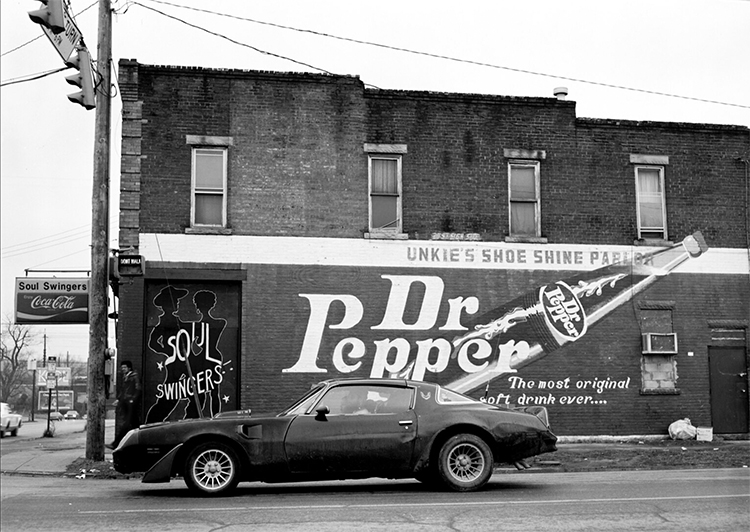
Soul Swingers
Soul Swingers was a Huntington fixture located on the corner of Eighth Avenue and Hal Greer Boulevard. It was opened in the early 1970s by Wesley Phillips (1931-2015), aka “Dr. Soul,” who worked full time as a lab technician at Ashland Oil. Nevertheless, he somehow found time to open his version of a juke joint for the Black residents in his neighborhood. He often called on his nephew, Eric Phillips, to help oversee the operation.
“I was in my early 20s when I started working there,” said Phillips, known as “Youngblood” by the club’s regulars. “It was a very fun and mellow bar for many years. There was a regular crowd from the neighborhood, but the club also drew people from all over — Ironton, Charleston, even Logan.”
Soul Swingers featured dim lighting, tables, booths and a dance floor. Behind the club’s long bar was an equally long mirror, and above it hung a large, upholstered sign that spelled out Soul Swingers in rhinestones. Most of the music came from Motown including such artists as James Brown, The O’Jays, Marvin Gaye, George Clinton, Ohio Players, Earth, Wind & Fire and the Commodores.
“It might surprise you to know that we had lots of white customers,” said Phillips. “They would come to the bar to just hang out or listen to great music and dance. They were always made to feel welcome by our regulars.”
Phillips moved to Arizona in the early 1980s, and when he returned to Huntington in 1991 the mood of the club had changed due to the rise of crack cocaine. When he started working for his uncle again, he said he spent much of his time as manager trying to keep the place clean.
“I had a zero-tolerance policy for drugs. There were many nights that I had to run people out of the club. They were annoyed with me, but I was just trying to protect my uncle’s business.”
Phillips, who today works as an insurance agent in Huntington, said that once the drug dealers from Detroit made their way to Huntington, he knew Soul Swingers’ days were numbered. His uncle eventually changed the name of the club to The People’s Choice, but ultimately it became too difficult to keep customers safe due to the influx of violent Motor City gangs.
“It’s one thing to handle a few customers who get ‘oiled’ and rowdy, it’s another to deal with drug dealers with guns,” Phillips explained. “There was just too much trouble surrounding the club, and eventually the city shut it down.”


